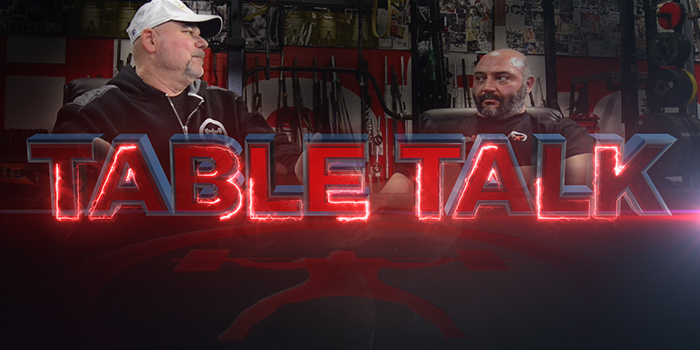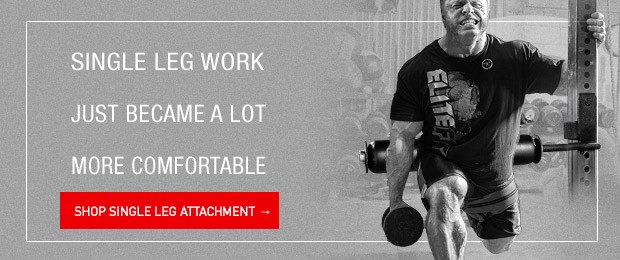
Sit back more, you need to use your hamstrings and glutes. No, your stance shouldn't be so wide, you need to use your quads. Keep your knees over your heels at the bottom of the squat. No, keep your knees over your toes at the bottom of the squat.
There are a lot of conflicting perspectives on the squat. Some lifters say your quads are the primary movers, and that you should be exhaustively training them if you want to improve your squat. Others say that this is incorrect and that all lifters should be prioritizing the hamstrings and glutes, enabling a lifter to sit back further in the squat while keeping their knees over their heels. What's the right answer?
In this video, Dave Tate and Nate Harvey discuss the role that the quads play in the raw squat. Submitted by a reader, they answer the following question:
How important are the quads for a raw squat?
Nate approaches it from his background as a strength and conditioning expert and says that quads are much more important in a raw squat than in a geared squat or a box squat. Nate's athletes most frequently box squat, but he has found that it is not uncommon for athletes to begin to experience knee problems over time because there isn't enough stimulation in the quad or the VMO. To this point, he says that you should clearly have priorities for your training program (and box squatting is one of his), but that you should also ensure you have enough variety to keep the athletes healthy and improving. For this reason, he says he does sometimes include free squats, in which there is much greater quad involvement. In general, however, because the athletes box squat more than they do any other form of squatting, the quads do not play as large of a role as they otherwise would.
Dave, approaching from a powerlifting perspective, points to biomechanics of the lifter and says to examine how they squat. If they're using a wide stance, sitting back, staying upright, and not breaking parallel, there's much less quad involvement and much more hamstrings, glutes, and lower back involvement. In this case, the quads aren't going to be as important. However, if the lifter's knees are mid-foot or over their toes at the bottom of the squat, the quads are going to do a lot more work.
Dave then explains the difference between technique, form, and style, and how each of these three things determines how a lifter will squat. The way that the athlete squats will then determine how important the quads are. Similarly, how the quads should be trained is going to be entirely dependent upon technique, form, and style.
So, what's the answer? How important are the quads? The answer is that you can't have a debate about the importance of one muscle group in a squat, bench press, or deadlift, because no one answer is always right and no one answer is always wrong. Everyone has their biases — the trick is knowing how to analyze the lifter's specific situation to determine the importance of a single muscle group is. As always, it's about understanding strengths, finding weaknesses, and learning to balance the two.
Using this answer, Dave reinforces the point that carrying your own biases into the advice that you give a training partner or a client will make you a really shitty coach. You need to recognize where and how you are biased, and then apply critical thinking to find what is best for the given athlete.










